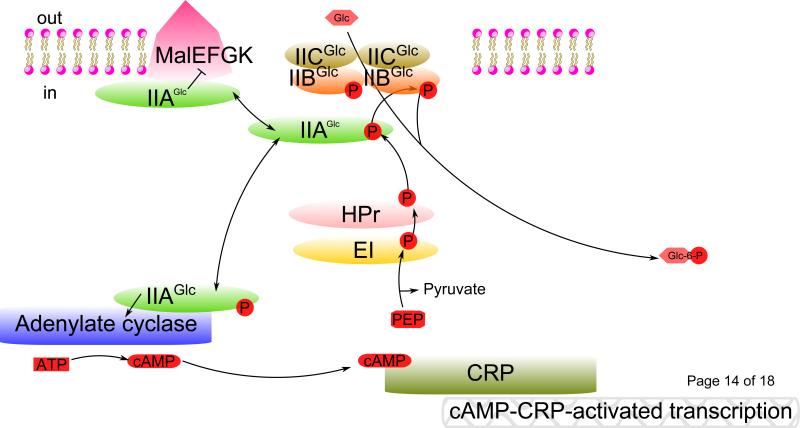Fig. 1. PTS-mediated catabolite repression and inducer exclusion.
Principal signal transduction pathways for carbon regulation in E. coli. A sugar such as glucose (Glc) is transported into the cell cytoplasm and concomitantly phosphorylated by the PTS, resulting in dephosphorylation of IIAGlc. Non-phosphorylated IIAGlc inhibits non-PTS sugar catabolic enzymes and transporters causing inducer exclusion. Phosphorylated IIAGlc, on the other hand, promotes cAMP formation by binding to adenylate cyclase and allosterically activating it. cAMP-driven transcription results when cAMP binds to CRP, a transcriptional activator. The rate-limiting step in the PTS phosphoryl transfer chain appears to be Enzyme I-catalyzed phosphorylation of HPr. ⊥, inhibition; →, activation.

